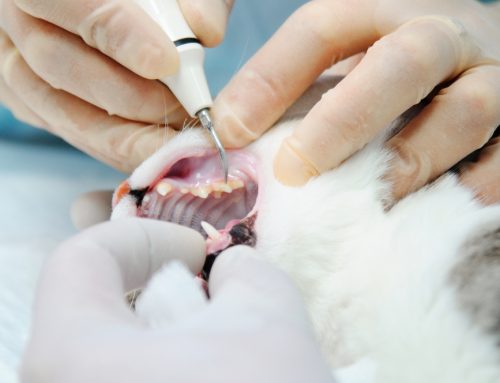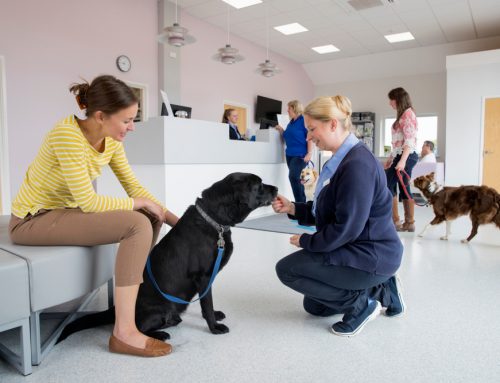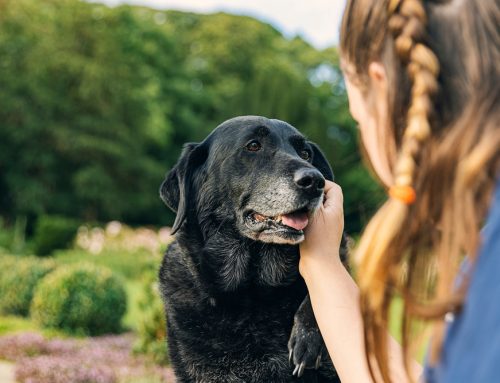Dogs live in the moment without a true concept of time, so their owner’s daily absence can feel like an eternity, especially if they suffer with separation anxiety. Bolton Veterinary Hospital wants to help you understand this stressful disorder, and how we can help you alleviate your pet’s anxiety.
What is separation anxiety in pets?
Dogs are social pack animals by nature, and feel safest when all group members are present. Some dogs develop unhealthy levels of attachment to their owners, because they may be insecure and lack confidence in their environment or social status. These dogs draw security and comfort from their owner’s presence, and become fearful when alone.
Separation anxiety is characterized in dogs by distress, unease, and destruction when they are left alone, or their primary owner is absent. Separation anxiety can begin at any age, for a variety of reasons, including:
- Lack of training — If your dog was not gradually introduced to the concept of being alone or without you during puppyhood, they may not know how to cope.
- Sudden schedule change — Dogs who have become used to the kids being home all summer, for example, may panic when the kids return to school.
- Change in the household — Pets are attuned to a missing family member or pet from death, for example.
- A fear-inducing event — Moving to a new house, boarding at a kennel or veterinary hospital, a car accident, dog attack, or house fire, can traumatize a pet, who will become overly attached to their owner.
Recognizing separation anxiety signs in pets
Pet owners are usually familiar with the classic separation anxiety signs, which include panting, destructive behavior, and vocalizing (e.g., barking, howling, whining,) but separation anxiety can also present as:
- Pacing
- Urinating or defecating in the house
- Vomiting or diarrhea
- Stool eating, also known as coprophagia
- Digging
- Escaping—from a crate, or through a gate, window, door, or wall
- Self-trauma—from worn paw pads and toenails from excessive digging, to mouth injuries from chewing at a crate or door frame, to severe injury from escape attempts
While the physical manifestations of separation anxiety, such as the stuffingless couch and the hole in the drywall, cannot be ignored, the most heartbreaking damage takes place inside your dog. Separation anxiety can also endanger your pet’s life, because many panicked pets will escape and go missing, and can be hit by a car. Others live in a state of chronic stress and anxiety, which raises their cortisol level, leads to other medical conditions, and potentially shortens their lives.
Diagnosing separation anxiety in pets
Many medical conditions and other behavioral disorders look similar to separation anxiety, so discussing your concerns with a veterinarian at the first sign of a behavioral issue is vital. Medical causes can include endocrine, urinary, or neurologic disorders. Behavior disorders may be related to insufficient training, reactivity, boredom, or barrier frustration.
Our veterinarian will examine your pet, run lab work, and ask specific questions about your pet’s lifestyle and behavior. They may ask you to video your pet while you are out of the house, to assess when and how your dog reacts. Researchers have recently isolated four forms of distress in pets who are separated from their owner:
- Attempting to escape from something inside the house
- Reacting to external noises
- Boredom
- Wanting to access something outside
This information can help resolve anxious behaviors by identifying your dog’s triggers. For example, video analysis may reveal that the chain of events begins each day when you leave the house, but your frustrated dog is responding to the cat who sits on your neighbor’s fence all day with loud, non-stop vocalization.
Without any way to accurately “test” for separation anxiety, a diagnosis generally is reached by ruling out other options, and attempting behavioral or pharmacological intervention.
Help me! Treating separation anxiety in pets
Once separation anxiety has been determined, our veterinarian will make treatment recommendations based on the severity of your dog’s behavior. Treatment goals include reducing your dog’s stress, and minimizing any opportunities for anxiety, because the more a behavior takes place, the more permanent.
Never respond to separation anxiety with punishment, intimidation, or attempts to shame your dog, which will only intensify their anxiety and fear. Here are our treatment suggestions:

- Pets with mild separation anxiety — At this level, pharmaceuticals are not always necessary, and resolution may be achieved for your dog by:
- Increasing their physical exercise—the number of minutes of exercise a dog should have per day is about two times their weight in pounds. So, a 30 pound dog should have at least 60 minutes of moderate-intensity exercise per day.
- Engaging their mind through puzzle toys and games, to minimize boredom
- Spraying calming pheromones, such as Adaptil, in their living area
- Gradually retraining your dog using positive experiences when they are alone, such as special Kong treats
- Pets with moderate anxiety — Pets who experience physical illness, or are destructive, may require higher levels of intervention, such as:
- Calming supplements such as Zylkene or Solliquin—always check with your veterinarian before beginning any over-the-counter supplement
- Intervention with a veterinary behaviorist or certified professional dog trainer, which may be the best chance for a long-term solution
- Pets with severe anxiety — Dogs with severe separation anxiety can be a danger to themselves and need professional help. Our veterinarians may:
- Prescribe an anti-anxiety medication to lower your pet’s distress level, although medication can provide only initial relief, and is not a long-term solution
- Recommend a desensitization and counterconditioning training program, along with the medication, under the guidance of a veterinary behaviorist, who can work remotely with our veterinarian, and you
Watching your pet suffer with separation anxiety is tough, but they have to learn to be alone. For additional information about this problem, contact Bolton Veterinary Hospital.







Leave A Comment